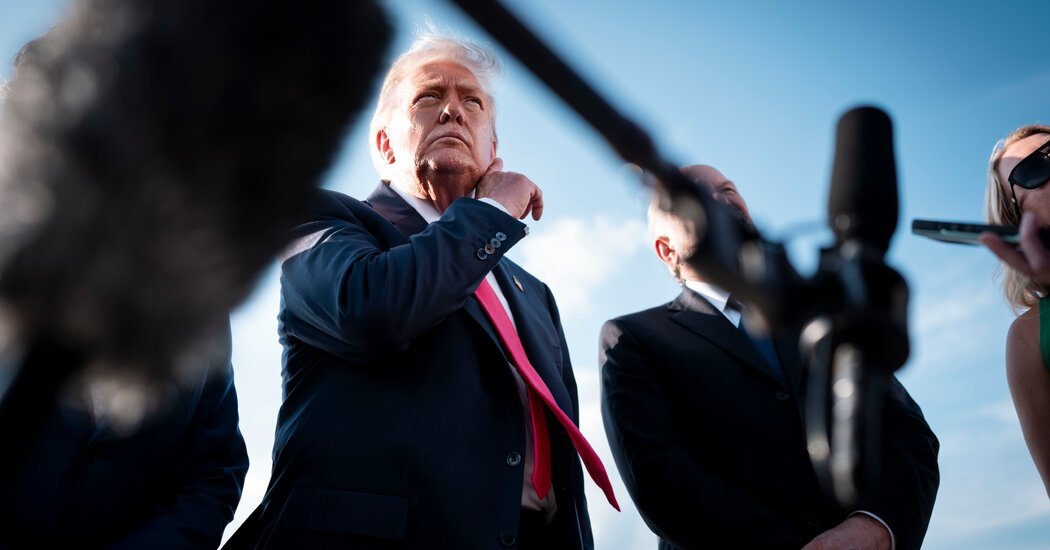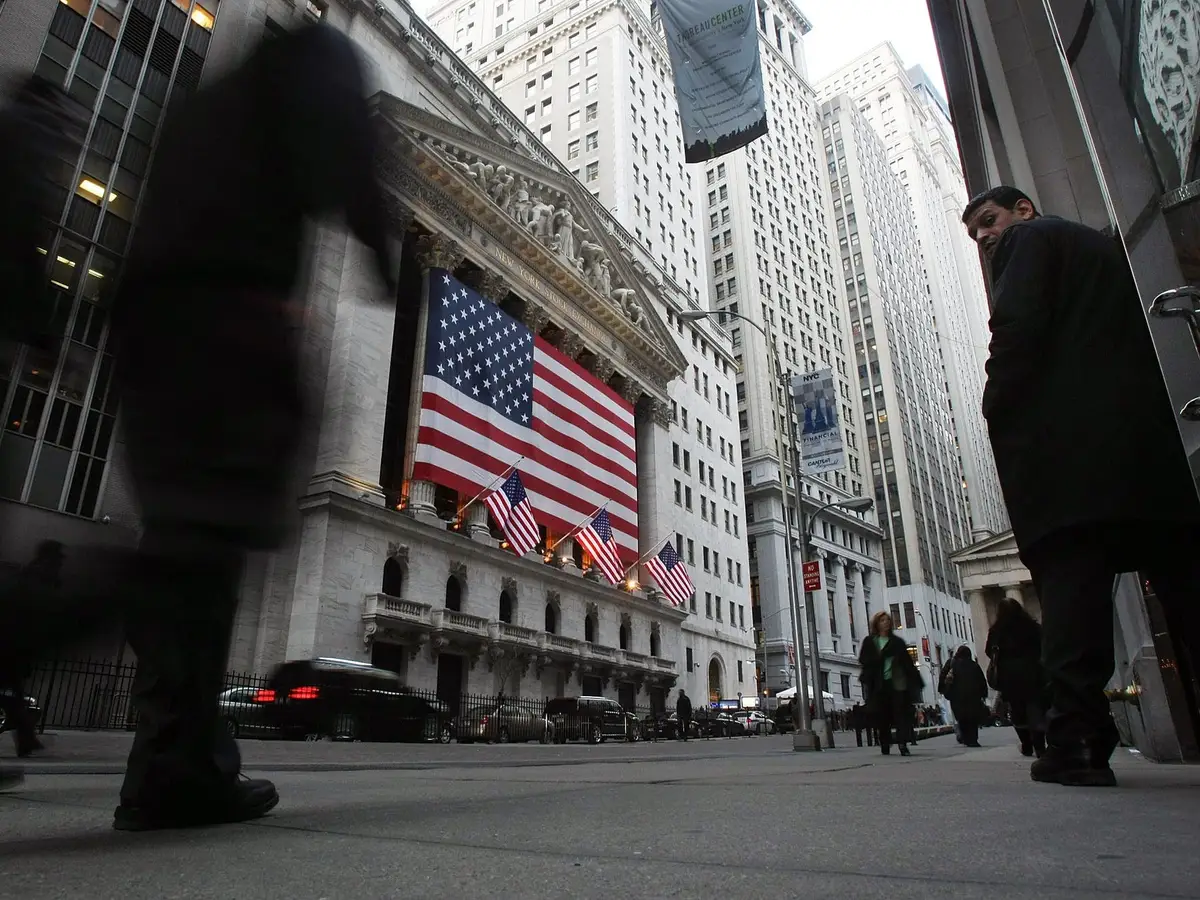Washington/Tokyo – July 26, 2025
In a landmark announcement, the United States and Japan have finalized a sweeping trade and investment agreement aimed at reshaping bilateral economic ties and reinforcing strategic cooperation across key sectors. The deal, unveiled by U.S. President Donald Trump, includes a massive $550 billion investment initiative and significant tariff adjustments, marking what he has described as “the largest trade agreement in American history.”
$550 Billion Investment Fund Unveiled
At the heart of the deal is a commitment from Japan to channel $550 billion into a new investment vehicle dedicated to bolstering U.S. infrastructure, technology, and industrial revival. The fund, which will be partially guided by U.S. authorities, will focus on sectors such as semiconductor manufacturing, energy, rare earth minerals, pharmaceutical development, and advanced transportation.
The investment aims to strengthen domestic supply chains, generate jobs, and enhance national security in areas deemed critical to both nations’ long-term interests.
Tariff Reductions on Japanese Goods
In exchange, the U.S. will roll back some of the steep tariffs imposed in previous years, particularly on Japanese automotive and electronic exports. Tariffs on key goods are expected to drop from 25% to 15%, offering relief to major Japanese manufacturers and opening the door for more affordable imports into the American market.
For Japan, the move is a significant diplomatic and economic win—offering improved access to one of its largest export destinations. For the U.S., it represents a balancing act of protecting domestic interests while leveraging global partnerships.
Strategic Timing and Political Impact
The deal arrives at a politically sensitive moment. With the U.S. presidential election on the horizon and global supply chain competition intensifying, the agreement is seen as a strategic maneuver to reinforce America’s global economic leadership while deepening ties with one of its most trusted allies in the Indo-Pacific region.
Analysts suggest that this agreement could serve as a blueprint for similar deals with other key U.S. partners, potentially signaling a shift toward bilateral investment-driven diplomacy.
Praise and Skepticism
Reactions to the deal have been mixed. Supporters hail it as a bold, forward-looking economic strategy that could supercharge U.S. industrial growth while boosting investor confidence. Others, however, have raised concerns about transparency, governance, and the true enforceability of the $550 billion investment.
Some economists warn that the lack of legal clarity surrounding the investment framework could limit its real-world impact unless detailed implementation mechanisms are clearly established in the coming weeks.
What’s Next
Both governments have pledged to form a joint oversight body to monitor the agreement’s execution and ensure alignment with national priorities. Early-stage projects under the investment vehicle are expected to roll out by early 2026, starting with energy infrastructure and semiconductor fabs in the U.S.
If fully realized, the deal could redefine how global economic partnerships are structured in the modern era—placing mutual investment and strategic alignment at the center of trade diplomacy.












Leave a Reply